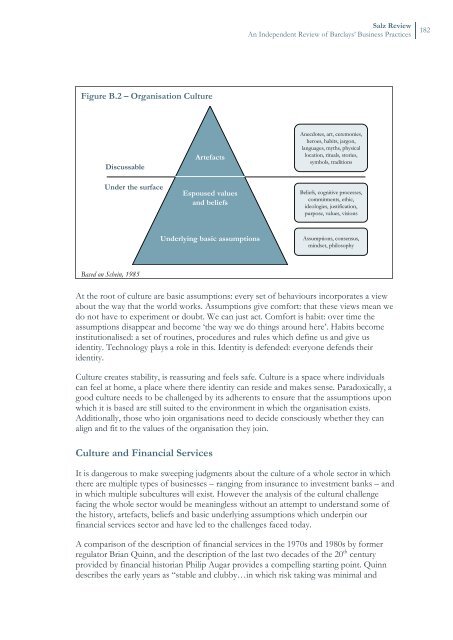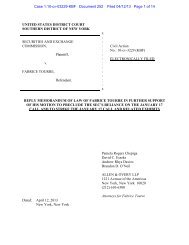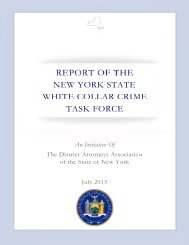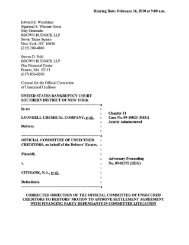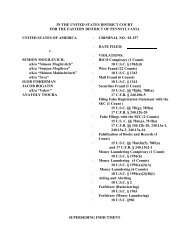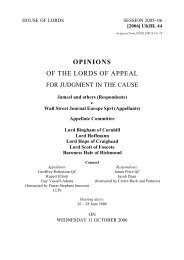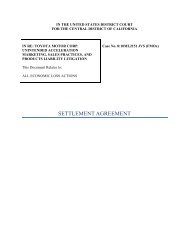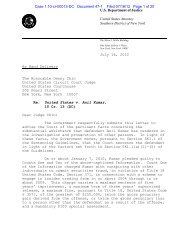Salz Review - Wall Street Journal
Salz Review - Wall Street Journal
Salz Review - Wall Street Journal
Create successful ePaper yourself
Turn your PDF publications into a flip-book with our unique Google optimized e-Paper software.
<strong>Salz</strong> <strong>Review</strong><br />
An Independent <strong>Review</strong> of Barclays’ Business Practices<br />
182<br />
Figure B.2 – Organisation Culture<br />
Discussable<br />
Under the surface<br />
Artefacts<br />
Espoused values<br />
and beliefs<br />
Anecdotes, art, ceremonies,<br />
heroes, habits, jargon,<br />
languages, myths, physical<br />
location, rituals, stories,<br />
symbols, traditions<br />
Beliefs, cognitive processes,<br />
commitments, ethic,<br />
ideologies, justification,<br />
purpose, values, visions<br />
Underlying basic assumptions<br />
Assumptions, consensus,<br />
mindset, philosophy<br />
Based on Schein, 1985<br />
At the root of culture are basic assumptions: every set of behaviours incorporates a view<br />
about the way that the world works. Assumptions give comfort: that these views mean we<br />
do not have to experiment or doubt. We can just act. Comfort is habit: over time the<br />
assumptions disappear and become ‘the way we do things around here’. Habits become<br />
institutionalised: a set of routines, procedures and rules which define us and give us<br />
identity. Technology plays a role in this. Identity is defended: everyone defends their<br />
identity.<br />
Culture creates stability, is reassuring and feels safe. Culture is a space where individuals<br />
can feel at home, a place where there identity can reside and makes sense. Paradoxically, a<br />
good culture needs to be challenged by its adherents to ensure that the assumptions upon<br />
which it is based are still suited to the environment in which the organisation exists.<br />
Additionally, those who join organisations need to decide consciously whether they can<br />
align and fit to the values of the organisation they join.<br />
Culture and Financial Services<br />
It is dangerous to make sweeping judgments about the culture of a whole sector in which<br />
there are multiple types of businesses – ranging from insurance to investment banks – and<br />
in which multiple subcultures will exist. However the analysis of the cultural challenge<br />
facing the whole sector would be meaningless without an attempt to understand some of<br />
the history, artefacts, beliefs and basic underlying assumptions which underpin our<br />
financial services sector and have led to the challenges faced today.<br />
A comparison of the description of financial services in the 1970s and 1980s by former<br />
regulator Brian Quinn, and the description of the last two decades of the 20 th century<br />
provided by financial historian Philip Augar provides a compelling starting point. Quinn<br />
describes the early years as “stable and clubby…in which risk taking was minimal and


